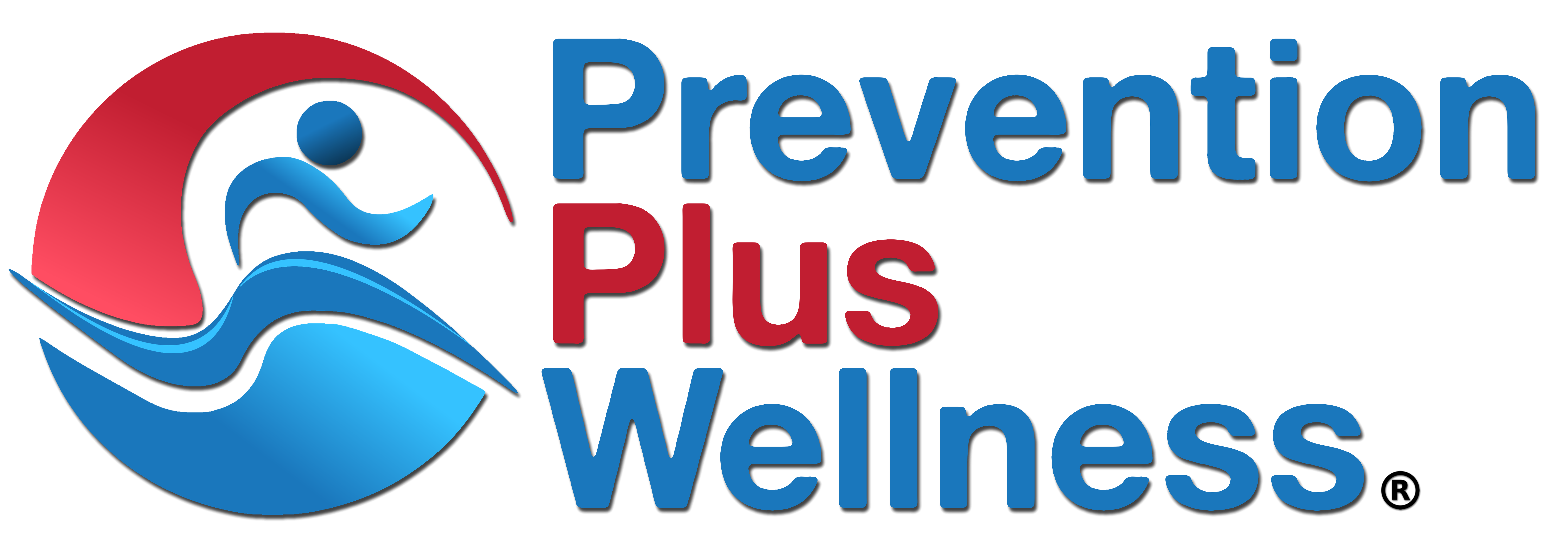A study published in Mental Health and Physical Activity (2021) examined unique adolescent movement behavior profiles and determined whether profile membership is associated with differences in mental wellbeing among 1166 Canadian adolescents enrolled in grade 11 classes (Mage = 15.91 ± 0.48; 54% female).
Self-reported measures included movement behaviors – moderate-to-vigorous physical activity (MVPA), recreational screen time (ST) and sleep – and three measures of mental wellbeing: flourishing, self-esteem and resiliency.
Four distinct profiles were identified including:
- one healthy profile (high MVPA/low ST),
- two mixed behavioral profiles (low MVPA/low ST and high MVPA/high ST), and
- one profile considered to be the least healthy (low MVPA and high ST).
Additional findings indicated the healthiest profile was consistently associated with better mental wellbeing, followed by the mixed behavior profiles, and the least healthy profile had the poorest scores for mental wellbeing.
We agree with the authors who concluded that behavioral health providers should consider adopting an integrated approach to promoting mental wellbeing among youth through targeting each of the movement behaviors concurrently.
The Prevention Plus Wellness (PPW) Model provides substance abuse and mental health specialists with a framework for concurrently addressing multiple movement and other health behaviors associated with improved adolescent and young adult mental health, including physical activity and sports participation, healthy breakfast and nutrition, sleep, stress control and substance use avoidance.
The PPW Model has been used to create two evidence-based programs integrating substance use prevention with wellness behavior promotion, including:
- SPORT (Alcohol/Drug) Prevention Plus Wellness for youth, and
- InShape (Alcohol/Drug) Prevention Plus Wellness for young adults,
as well as six evidence-informed programs to promote youth mental and physical health and prevent substance use, including:
- Marijuana Prevention Plus Wellness,
- Vaping (E-Cigarette) Prevention Plus Wellness,
- Opioid Prevention Plus Wellness,
- SPORT 2 Prevention Plus Wellness,
- Racial Justice Prevention Plus Wellness, and
- In God’s Image Prevention Plus Wellness.
Learn more about the PPW Logic Model for creating interventions that concurrently address multiple behaviors for improving the mental wellbeing of young people: https://preventionpluswellness.com/pages/ppw-logic-model
This study’s findings also suggest that substance use prevention and health providers implementing Prevention Plus Wellness programs should include reducing recreational screen time as a goal option along with increasing physical activity for maximizing mental health outcomes for participating youth.
Read the research abstract: https://www.sciencedirect.com/science/article/abs/pii/S1755296621000077

